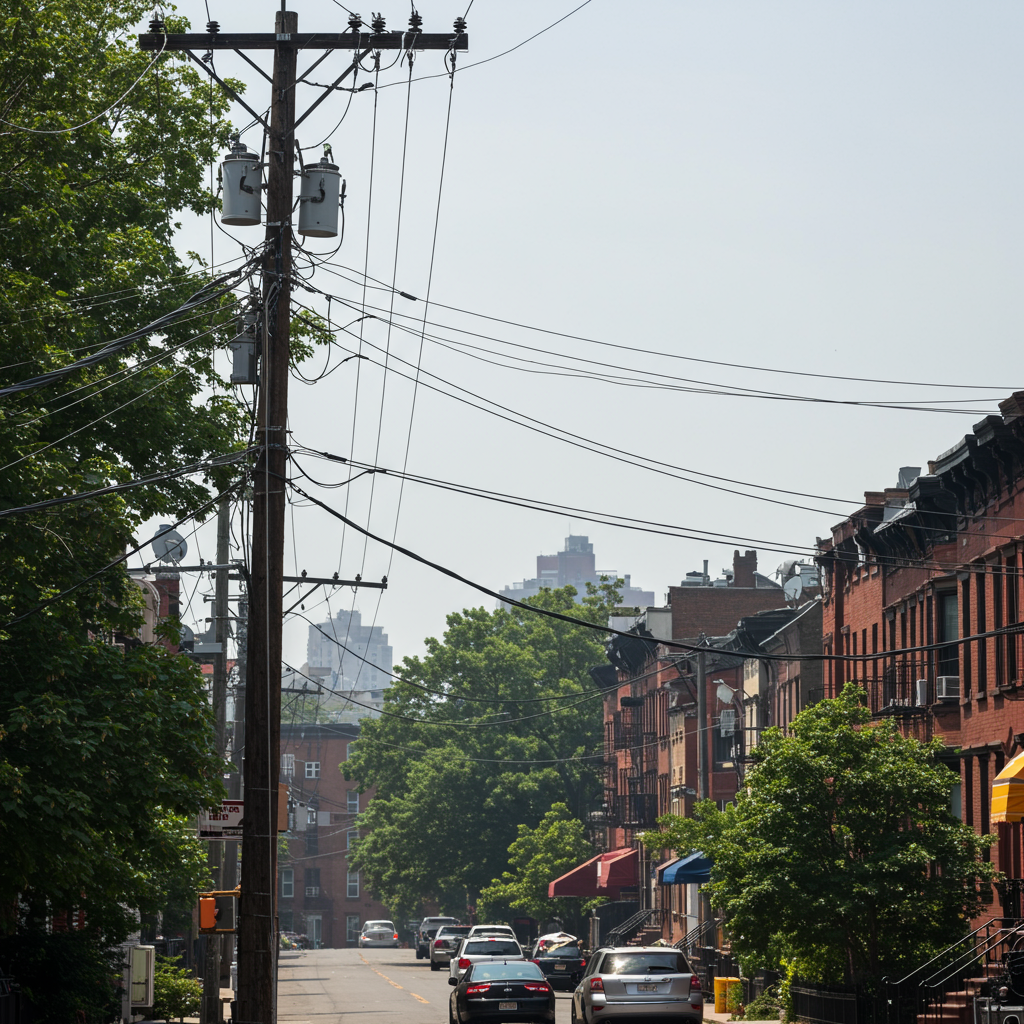Prague, the breathtaking capital of the Czech Republic, stands as a timeless testament to centuries of European history. Miraculously preserved through wars and invasions, the city’s skyline is a living museum of architectural styles. From Gothic spires to Baroque facades and remnants of the industrial age, every building tells a story. This deep connection to the past means any proposed change to a cherished landmark in Prague inevitably sparks intense public debate and passionate disagreement.
At the heart of a major current controversy lies the future of the 123-year-old Vysehrad railway bridge. This steel viaduct, built in 1902 during the powerful Austro-Hungarian Empire, is far more than just a functional crossing over the Vltava river. It’s a significant part of Prague’s southern vista. Many residents and experts argue its distinctive trio of arches forms a panorama with the historic Vysehrad fortress behind it that is as vital to the city’s identity as the iconic view of the Charles Bridge framed by Prague Castle.
The Clash Over Prague’s Railway Lifeline
The dispute pits the Czech Railway Authority against a coalition of heritage advocates, technical experts, and concerned citizens. The core issue is how to address the aging bridge’s condition and increasing demands on Prague’s rail network.
The Railway Authority’s Modernization Plan
Officials at the Railway Authority contend that the current Prague railway bridge is no longer fit for purpose. Pavel Paidar, Director of the Construction Preparation Department, explains that while the bridge handles a large portion of Prague’s train traffic (around three-quarters), corrosion has limited its operational capacity to roughly 60%. With projected growth in rail travel across the region, this capacity constraint presents a significant future transport problem.
The Authority’s proposed solution is comprehensive: dismantle the existing steel structure and build a new bridge in its place. This new viaduct would be designed to handle modern loads and crucially, would include a third railway track. Visualizations suggest the new bridge would aesthetically pay tribute to the original design. This project is envisioned as part of a broader revitalization of the area, promising improved transport links connecting Prague’s central station westward towards cities like Karlovy Vary, Pilsen, and international destinations in Germany.
Preservation vs. Replacement: Experts Disagree
However, a vocal and well-organized opposition argues that replacing the Vysehrad bridge is entirely unnecessary and a damaging act of architectural vandalism. The Vysehrad Bridge Foundation, an international coalition of architects, engineers, and restoration specialists, strongly advocates for preserving the historic structure through targeted repairs.
Architect and bridge engineer Petr Tej, a prominent voice in the Foundation, emphasizes the bridge’s critical role in the city’s panorama. He highlights the emotional and historical significance, placing it on par with Prague’s most famous landmarks. The Foundation’s position is backed by extensive technical analysis. Their study contradicts the Railway Authority’s assessment of the bridge’s structural needs. While the Authority reportedly claims 70% of the steel needs replacement, the Foundation’s experts assert that only about 15% requires repair. This significant difference forms the basis of their argument that restoration is not just possible, but preferable.
Alternative Proposals and Criticisms
The Foundation proposes repairing the bridge in place, which they argue would be less disruptive to train traffic, more cost-effective, and would preserve the integral panorama. Their technical findings and call for restoration have garnered significant support. UNESCO, the United Nations body responsible for protecting World Heritage sites (including much of Prague’s historic centre), has endorsed the Foundation’s study. Furthermore, over 25,000 Prague residents have signed a petition demanding the bridge’s restoration rather than its demolition.
Adding a third track is acknowledged as necessary by the Foundation, but they suggest a different approach. Tomas Bistricky, philanthropist and co-founder of the Foundation, proposes building a second, slender bridge alongside the original viaduct. This, they argue, accommodates future transport needs without sacrificing the historic structure.
The Controversial Relocation Plan
A particularly criticized element of the Railway Authority’s plan is the fate of the old bridge. Under their proposal, after being dismantled, it would be moved approximately 8 kilometers (5 miles) south to the Modrany district. Here, it would be reassembled to serve as a pedestrian and cyclist crossing. Critics, including those from the Foundation, find this idea fundamentally flawed. They point out that the Vltava River is significantly narrower in Modrany than in the city center. Placing a large, industrial railway bridge designed for an urban setting “in the middle of a meadow,” as one campaigner put it, would look completely out of scale and out of place.
The Enduring Dilemma in Urban Development
Tomas Bistricky challenges the premise that transport requirements and cultural heritage preservation are inherently in conflict. The Foundation’s alternative plan aims to demonstrate that these goals can be complementary, with careful planning allowing for both modernization and safeguarding historical assets.
This debate over the Prague railway bridge encapsulates an age-old dilemma faced by cities worldwide: the tension between the demands of modern development and the imperative to preserve historical structures and cultural landscapes. In a city like Prague, where identity is so deeply intertwined with its architectural past, this tension is particularly acute and emotionally charged. Should progress mean tearing down the old for the new, or finding innovative ways for the past and future to coexist?
Ultimately, this complex decision, balancing technical feasibility, economic costs, transport needs, and profound cultural value, will not be settled by engineers or campaigners alone. It is a political decision that will rest with the Czech government, and one that will shape a crucial part of Prague’s skyline for generations to come.
Frequently Asked Questions
What is the controversy surrounding the Vysehrad railway bridge?
The controversy centers on the future of the 123-year-old Vysehrad railway bridge in Prague. The Czech Railway Authority proposes dismantling the bridge and building a new one to increase capacity and add a third track. Opponents, led by the Vysehrad Bridge Foundation and supported by residents and UNESCO, argue the bridge is a vital heritage landmark that can and should be restored instead of replaced, proposing alternative ways to add capacity.
Why does the Railway Authority want to replace the bridge instead of repairing it?
The Railway Authority cites the bridge’s age and condition, stating that corrosion has limited its current operational capacity to about 60%. With projected growth in rail traffic, they believe the existing structure cannot meet future transport demands, even with significant repairs. Their plan for a new bridge includes a third track necessary for increased traffic flow, arguing that transport needs and preserving the current historical structure are incompatible.
What alternative solutions have been proposed for the Prague railway bridge?
The Vysehrad Bridge Foundation proposes restoring the existing bridge based on their study which indicates only 15% steel replacement is needed, rather than the 70% suggested by the Authority. To add the necessary third track, they suggest building a separate, slender bridge alongside the original viaduct. They also criticize the Authority’s plan to relocate the old bridge to Modrany, arguing it would be aesthetically misplaced due to the narrower river width there.




